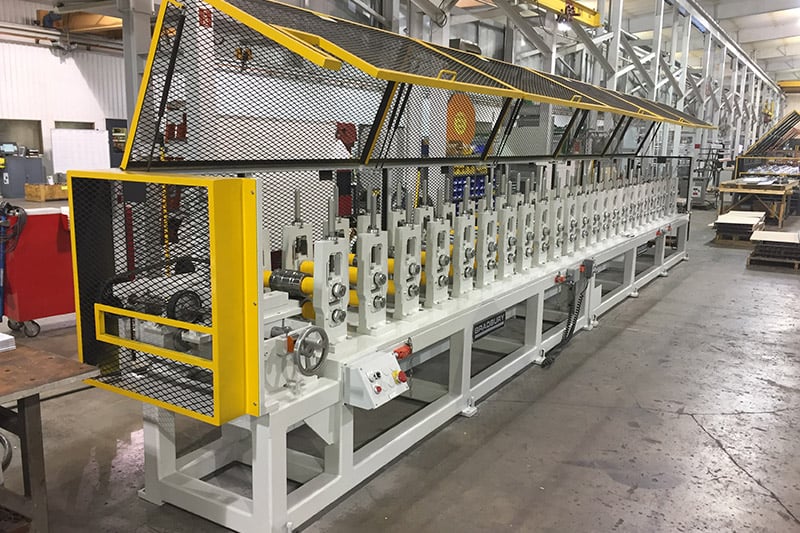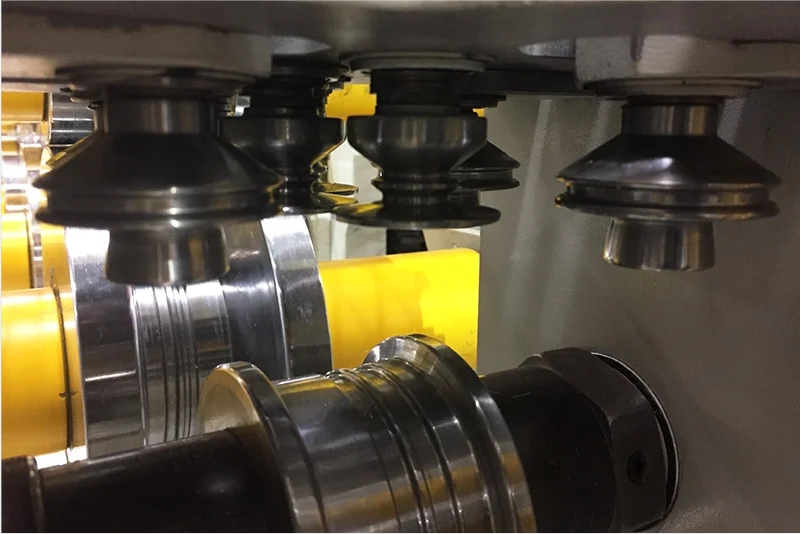Navigation Menu
Contact Us
- Email:
- info@wxavatar.com
- Address:
- Yurong Village, Yuqi Street, Huishan District, Wuxi, China.
Release Date:Jun 26, 2025 Visit:49 Source:Roll Forming Machine Factory
Artificial intelligence (AI) has become a valuable tool in improving the performance and efficiency of lighting systems across various industries. By leveraging machine learning, data analytics, and automation, AI helps optimize lighting operations, reduce unnecessary energy consumption, and enhance user experiences. This article explores how AI contributes to lighting efficiency without compromising functionality or convenience.

1. Smart Lighting Control and Automation
AI-powered lighting systems can analyze real-time data from sensors, weather conditions, and occupancy patterns to adjust brightness levels automatically. Instead of relying on fixed schedules, these systems learn usage trends and adapt lighting accordingly, ensuring optimal illumination only when needed. This approach minimizes waste while maintaining consistent lighting quality.
2. Predictive Maintenance for Lighting Systems
AI enables predictive maintenance by monitoring the condition of lighting equipment. By analyzing performance data, AI can detect potential failures before they occur, allowing for timely repairs or replacements. This reduces downtime and extends the lifespan of lighting fixtures, improving overall system reliability.
3. Adaptive Lighting in Different Environments
In commercial and industrial settings, AI-driven lighting adjusts dynamically based on natural light availability and human presence. For example, smart office lighting can dim or brighten in response to sunlight entering through windows, ensuring balanced illumination without manual intervention. Similarly, streetlights equipped with AI can modify intensity based on traffic flow and weather conditions.
4. Energy Consumption Analysis and Optimization
AI algorithms process large datasets to identify inefficiencies in lighting systems. By evaluating usage patterns, peak demand times, and equipment performance, AI provides actionable insights for optimizing energy use. Facility managers can use this information to fine-tune lighting setups, leading to more efficient operations.
5. Personalized Lighting Experiences
In residential and hospitality environments, AI enhances user comfort by tailoring lighting to individual preferences. Voice assistants and smart home systems learn user habits, adjusting color temperatures and brightness levels to create ideal lighting conditions for different activities, such as reading or relaxation.

Conclusion
AI plays a significant role in improving lighting efficiency by enabling smarter control, predictive maintenance, adaptive adjustments, and data-driven optimization. As AI technology continues to advance, lighting systems will become more responsive and efficient, benefiting both businesses and consumers. By integrating AI into lighting solutions, industries can achieve better performance while maintaining cost-effectiveness and user satisfaction.